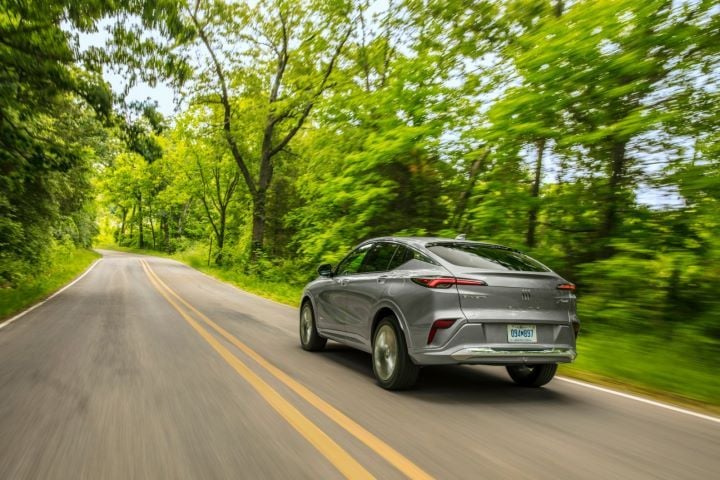
Gray, appropriately, has jumped in popularity the most of the ‘grayscale’ colors, jumping 82% in two decades.
Today’s roads are less colorful, says one industry researcher, which found 80% of the vehicles in operation are on the “grayscale” palette.
That means most cars are white, gray, silver or black, according to vehicle search and research provider iSeeCars, which says those shades have surged in number in the past 20 years. It found that in 2004, they made up a much smaller 60% of vehicle colors.
“Whether driven by dealers ‘playing it safe’ by ordering only popular colors, or consumers wanting to ensure maximum interest when it’s time to sell or trade in their vehicle, grayscale colors play the dominant role in the car world,” said iSeeCars Executive Analyst Karl Brauer.
The company examined data on more than 20 million used cars from the 2004 to 2023 model years to arrive at the colors breakdown.
Gray, in particular, has zoomed up the color popularity scale, jumping 82% in the two decades. White is close behind, rising 77%, followed by silver, up 52%.
Meanwhile, all other colors fell precipitously from higher levels of favor, the study found. Those with the greatest market share loss are gold, which has fallen by 97%; purple, with a 93% drop; brown, down 87%; beige by 85%; and yellow, down 76%. It said green is the only non-neutral color to hold onto its market share.
The more neutral vehicle palette has come about despite the fact that automakers are offering the same number of hues as 20 years ago, iSeeCars says, citing an average 6.7 colors per model now compared to 7.1 in 2004.
The surge in grayscale popularity seems to be reaching a plateau, though, said the company, which provides a granular analysis of car colors, including by vehicle type.














